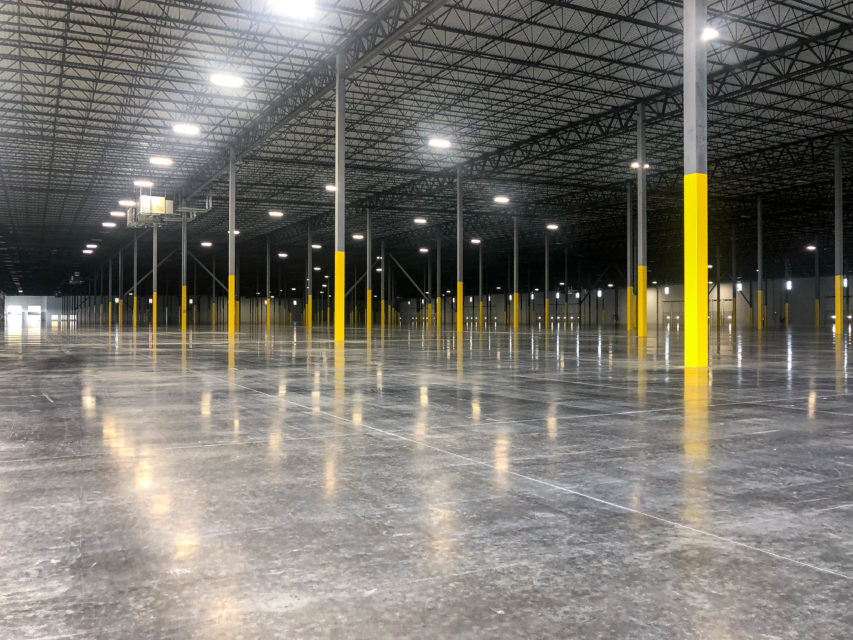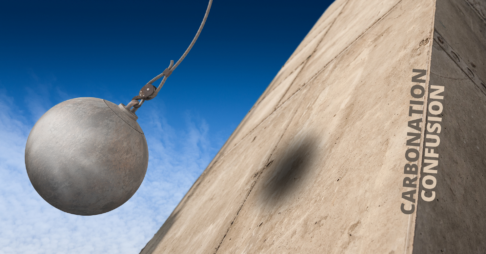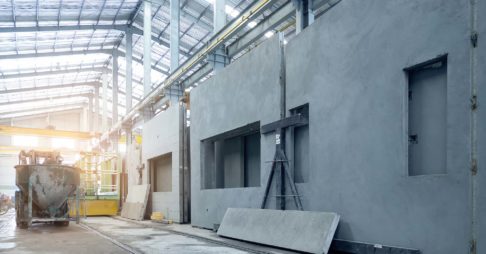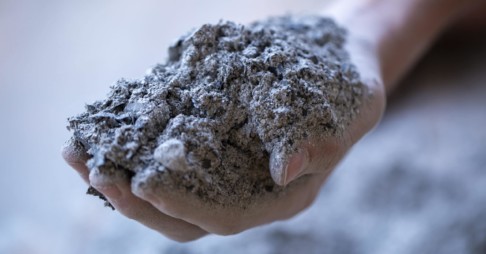The demand for sustainable construction materials continues to grow in the public and private sectors, creating business opportunities for precast and prestressed concrete producers. Using sustainable technologies such as CarbonCure can help producers gain a market advantage in their region.
CarbonCure offers the same benefits for precast and prestressed concrete producers as it does for ready mix producers. These benefits include:
- Attracting green building projects with sustainable concrete
- Reducing costs by reducing cement
- Lower carbon concrete (34 lb per cubic yard/20 kg per cubic meter CO₂ saved)
- Maintaining performance and quality
In a recent webinar, Ben Grimsley, CarbonCure’s Technical Services Manager, and Eric Dunford, CarbonCure’s Senior Director of Government Affairs, discussed how precast and prestressed concrete producers can deliver more sustainable products to their market while boosting profits using CarbonCure.
How CarbonCure Precast Works
CarbonCure is a retrofit technology that injects CO₂ into the concrete like an admixture, which is then mineralized within the concrete.
The CarbonCure Precast system includes a Valve Box that connects a CO₂ storage tank to the manufacturing equipment and a Control Box that monitors the system in real-time.
“The easiest way to conceptualize what we're doing is to think about CO₂ as another admixture. The technology is integrated with the existing batch operation system in the same way,” said Ben.
“Our system controls, delivers, has real-time telemetry and allows for carbon dioxide to be injected into a mix design based on the cement content and the actual volume of mix design.”
CarbonCure’s technology has been used by a range of precast manufacturers to produce concrete products used in buildings and parking garages, and by prestressed manufacturers that have produced wall panels, decking systems and general commercial load-bearing systems.

Optimizing Mix Designs for Precast and Prestressed
Mix designs in the precast and prestressed market differ from those used for ready mix concrete, with early strength gain requirements more stringent than in ready mix concrete applications. Successful integration requires incorporating CO₂ into the design while continuing to maintain early strength gains and achieving cement reduction optimization.
CarbonCure’s Technical Services & Support team helps precast producers optimize their mixes to maintain release time and keep production moving while using less cementitious material. “To date, we have successfully worked with everything from an 8-hour cable release on double-T concrete beams to a 24-hour form release on other specified wall products,” said Ben.
In the example illustrated below, the technical services team achieved the targeted release of 3,500 psi (24.1 MPa) at 10 hours with a 3.5% reduction in cementitious material, and a targeted release of 4,000 psi (27.6 PSa) at 15 hours with a 5% cementitious reduction.
“The technical services team helps to optimize the producer’s mix to achieve cementitious reduction,” said Ben. “We've been very successful with both the ready mix and the precast customers that we work with to meet both release requirements, providing a cost savings and environmental benefits to the producer.”
Maintaining Quality with Sustainable Concrete
Producers might reasonably be concerned about the impact of adding a new admixture into a mix design. CarbonCure’s technology however does not compromise the quality of the concrete in any way.
“Essentially, what you experience before we inject carbon dioxide is exactly what you experience after we inject it,” said Ben.
The Opportunity in Sustainable Precast and Prestressed Concrete
Eric sees a variety of opportunities for producers to continue to position precast and prestressed concrete as a sustainable and durable building material. Precast producers who adopt approaches and technologies that create more sustainable concrete will also be better prepared than their competitors for potential forthcoming regulations for sustainable materials.
“We are seeing in some states, such as New York, that there's a growing level of interest on the part of elected officials to start making some commitments around material decarbonization,” said Eric.
As well, CarbonCure continues to hear from partners that owners, designers and architects are concerned about lowering carbon emissions while maintaining high standards.
“As a result, they're starting to message that demand down the supply chain,” said Eric. This creates an opportunity for precast and prestressed producers to show how they can help them meet their goals using sustainable concrete. “I think that's where something like CarbonCure and some of the other materials that are becoming available in the market become part of the conversation.”
To learn more, watch the on-demand webinar: How Precast/Prestressed Concrete Producers Can Reduce Carbon and Boost Profits.

Razing a Common Misunderstanding: Early-Age Carbonation vs. Atmospheric Carbonation in Concrete

